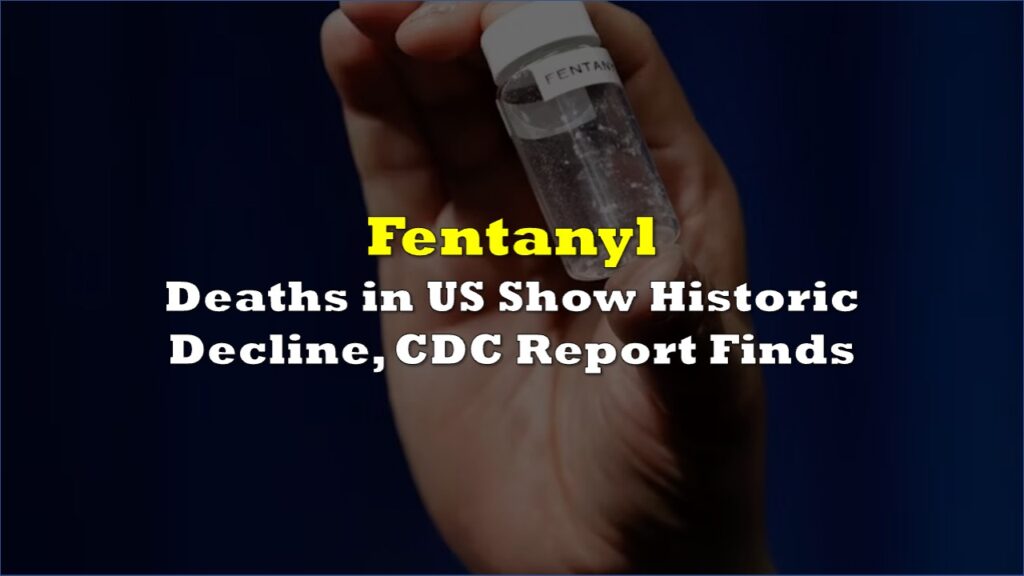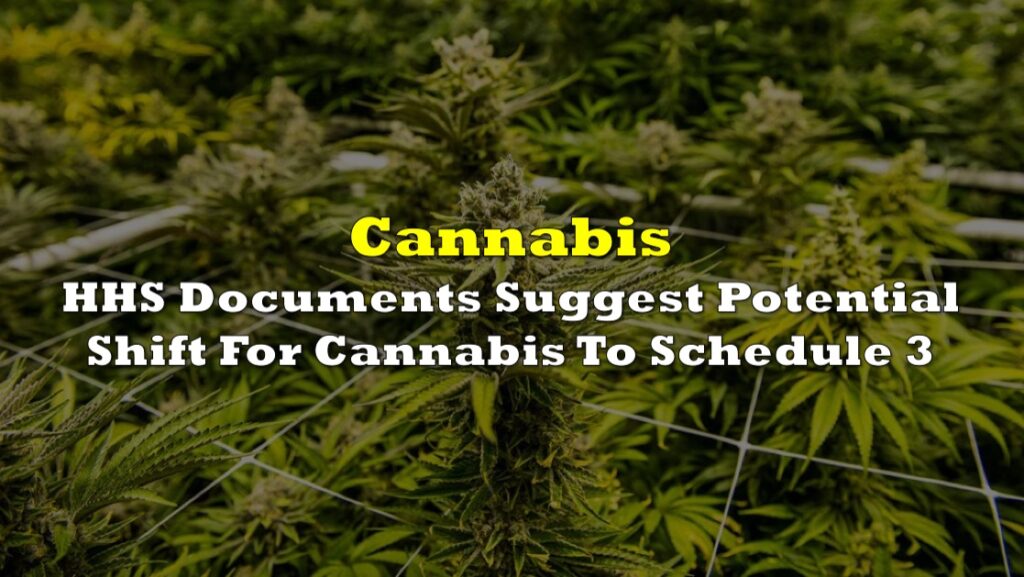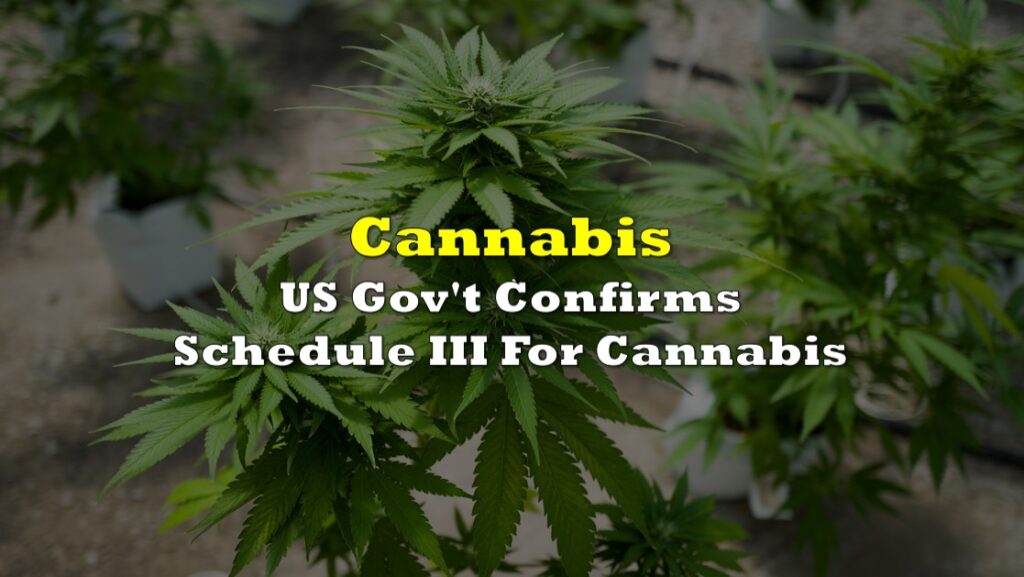DEA Administrator Anne Milgram unveiled the 2024 National Drug Threat Assessment (NDTA), a comprehensive strategic analysis shedding light on illicit drug threats and trafficking trends jeopardizing the United States.
The agency highlighted in the assessment its top priority of curtailing the influx of lethal drugs into the country and dismantling the two cartels chiefly responsible for drug trafficking in the United States. Administrator Milgram underscored the imperative for a novel approach to tackle the ongoing drug poisoning crisis, emphasizing its multifaceted impact on public safety, health, and national security.
DEA Releases 2024 National Drug Threat Assessment. #NDTA2024
— DEA HQ (@DEAHQ) May 9, 2024
Learn more:https://t.co/Ju0jlNQCFn pic.twitter.com/xjZIfT3ZZr
“The shift from plant-based drugs, like heroin and cocaine, to synthetic, chemical-based drugs, like fentanyl and methamphetamine, has resulted in the most dangerous and deadly drug crisis the United States has ever faced,” said Milgram. “At the heart of the synthetic drug crisis are the Sinaloa and Jalisco cartels and their associates, who DEA is tracking world-wide. The suppliers, manufacturers, distributors, and money launderers all play a role in the web of deliberate and calculated treachery orchestrated by these cartels. DEA will continue to use all available resources to target these networks and save American lives.”
According to the Centers for Disease Control and Prevention (CDC), drug-related fatalities claimed 107,941 American lives in 2022. Synthetic opioids, primarily fentanyl, accounted for approximately 70% of these deaths, with synthetic stimulants like methamphetamine responsible for the remaining 30%.
Fentanyl emerges as the paramount drug threat, with just two milligrams considered a potentially fatal dose. Alarmingly, DEA laboratories have recorded fentanyl-laced pills averaging 2.4 milligrams, with some containing as much as 9 milligrams. The inclusion of other synthetic opioids like nitazenes or the veterinary sedative xylazine in fentanyl mixtures has exacerbated the hazards associated with the drug.

Seizures of fentanyl, in both powder and pill forms, have surged to unprecedented levels. Over the past two years, DEA witnessed nearly a twofold increase in fentanyl powder seizures, amounting to 13,176 kilograms (29,048 pounds) in 2023. Additionally, DEA’s confiscation of fentanyl pills soared, with over 79 million seized in 2023, nearly tripling the amount seized in 2021. Moreover, the presence of xylazine in seized fentanyl powder spiked to 30% in 2023, up from 25% in 2022.
Cartels
The proliferation of social media platforms and encrypted applications has facilitated the cartels’ penetration into every corner of the United States and nearly 50 countries globally. Leveraging technology, traffickers engage in advertising, sales, payment collection, courier recruitment, and drug delivery sans face-to-face interaction, marking a paradigm shift in drug distribution.
Mexican cartels, notably the Sinaloa and Jalisco cartels, capitalize on partnerships with China-based precursor chemical companies to procure essential ingredients for synthetic drug manufacturing. Moreover, collaborations with Chinese money laundering entities, alongside a burgeoning reliance on cryptocurrency, underscore the cartels’ evolving modus operandi.
The Sinaloa Cartel, a titan among Mexico’s criminal factions, stands as one of the oldest and most ruthless polydrug-trafficking syndicates globally. Its stranglehold on the drug trade is palpable, orchestrating the daily influx of fentanyl and various narcotics into the United States. The Sinaloa Cartel’s criminal repertoire extends beyond drug trafficking, encompassing bribery, extortion, and weapons trafficking, alongside profit-driven endeavors like human smuggling and trafficking.
Capitalizing on strategic alliances with China-based precursor chemical suppliers and money laundering organizations, the cartel ensures a steady flow of essential ingredients and clean proceeds, fortifying its grip on the illicit drug market.
In parallel, the Jalisco Cartel Nueva Generación (CJNG) emerges as a formidable force, tracing its origins to the ashes of the Sinaloa Cartel-affiliated Milenio Cartel circa 2011. Far from a mere offshoot, the CJNG has ascended to independent prominence, transcending Mexico’s borders to wield influence across the globe, including all 50 U.S. states. Employing a combination of financial supremacy, coercive violence, and systemic corruption, the cartel maintains its stranglehold on Mexico’s illicit drug trade.
Mirroring the Sinaloa Cartel’s modus operandi, the CJNG reaps profits from methamphetamine and fentanyl manufacturing, while also emerging as a principal cocaine supplier to the U.S. market.

The dominance of Mexican-manufactured methamphetamine underscores a significant shift, evidenced by a stark decline in domestic clandestine lab seizures. In 2023, DEA’s El Paso Intelligence Center documented a mere 60 domestic methamphetamine lab seizures, a staggering contrast to the 23,700 seizures in 2004.
Marijuana
Despite strides towards legalization and decriminalization at the state level, marijuana remains federally illegal, the agency said.
“[Marijuana] has been ‘legalized’ or ‘decriminalized’ at the state level for recreational use in 24 states and the District of Columbia, and for ‘medical’ use in 38 states and the District of Columbia, as of January 2024,” the assessment noted.

Exploiting regulatory ambiguities, criminal syndicates are supposedly establishing expansive cultivation sites, reaping substantial profits from the clandestine trade in marijuana and THC-infused products. Notably, the price of marijuana in illegal markets has remained stable over the years, even amidst a surge in potency, amplifying the potential risks for users and children inadvertently exposed to potent THC-infused edibles.
The active ingredient in marijuana, THC, is a potent hallucinogen, with potency levels reaching “an all-time high.” University of Mississippi’s Marijuana Potency Monitoring Program reports a staggering 29% increase in THC potency in leafy marijuana samples tested in 2022, underscoring the escalating risks associated with marijuana consumption.
Chinese and other Asian drug trafficking organizations are also pivotal players, channeling millions of dollars in illicit proceeds from marijuana trafficking to fuel a spectrum of criminal activities, from drug trafficking to money laundering and human trafficking. Employing coercive tactics, including booby traps and violence, syndicates safeguard illicit cultivation sites, perpetuating a cycle of exploitation and endangerment.
The proliferation of THC-infused products, mimicking everyday snacks and candies, also poses a risk, with thousands of children falling victim to accidental exposure.

Moreover, illegal outdoor marijuana grows, entrenched in remote, inaccessible locales, wreak havoc on ecosystems and water supplies, while indoor grows pose challenges to law enforcement and public safety, exacerbating hazards and straining resources.
Milgram and the DEA have recently been in the headlines as cannabis rescheduling has come imminent to the federal level. It was reported that Milgram herself did not sign the the rescheduling order, breaking established precedent.
Information for this briefing was found via the sources mentioned. The author has no securities or affiliations related to this organization. Not a recommendation to buy or sell. Always do additional research and consult a professional before purchasing a security. The author holds no licenses.









